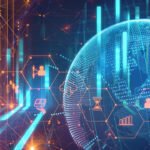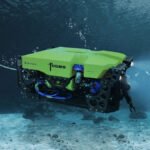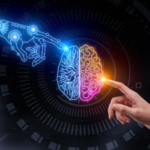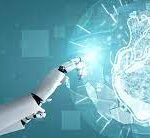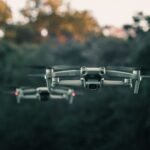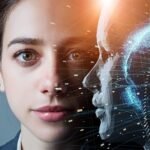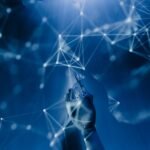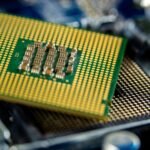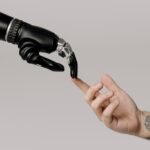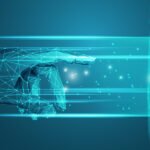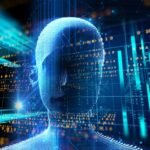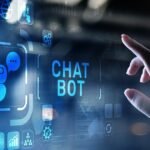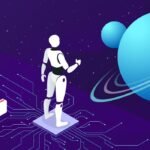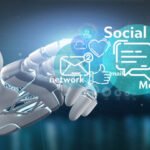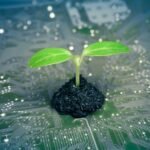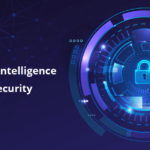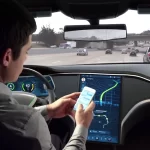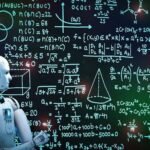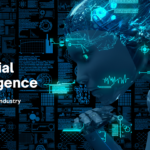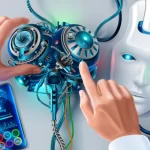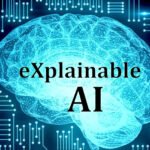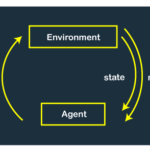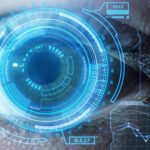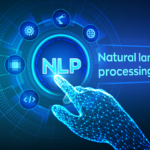UK: AI’s Impact on Workplace Safety
The integration of artificial intelligence (AI) into business processes is revolutionizing the workplace, offering numerous advantages and improving health and safety measures. One notable application is computer vision technology, which analyzes CCTV footage to monitor worker behavior, detect potential hazards, and ensure compliance with safety protocols. AI can also assess machinery conditions, identify abnormalities, and alert employers about potential issues.
Marks & Spencer (M&S) achieved remarkable results after implementing computer vision technology at its Castle Donington distribution center in England. Within the first 10 weeks, workplace incidents decreased by 80%, as patterns of unsafe behaviors were identified and addressed promptly through proactive action and targeted training. M&S also observed a more than 10% increase in near miss reporting, enhancing visibility of incidents that might have gone unnoticed.
AI acts as an additional set of eyes, supporting health and safety specialists in their mission to protect employees. According to Alice Conners, an M&S health, safety, and environment specialist, AI offers valuable assistance, especially in situations where physical presence is limited.
While AI holds great potential for workplace safety, it is crucial to acknowledge its limitations. Decision-making processes still require human involvement, and the effectiveness of AI depends on the availability of relevant data. High levels of surveillance can raise privacy concerns among workers, leading to stress and anxiety. Early and transparent communication during the implementation phase can address these concerns and build trust.
An important consideration is the risk of work intensification, where AI monitoring might incentivize employees to prioritize speed over safety. Employers must strike a balance between task completion and maintaining a safe working environment.
When utilized appropriately, AI can significantly enhance workplace safety, benefitting both employees and employers. By reducing the risk of fines, legal actions, and work-related injuries, companies can save costs and improve productivity. AI serves as a valuable tool in creating safer work environments and protecting the well-being of employees.





